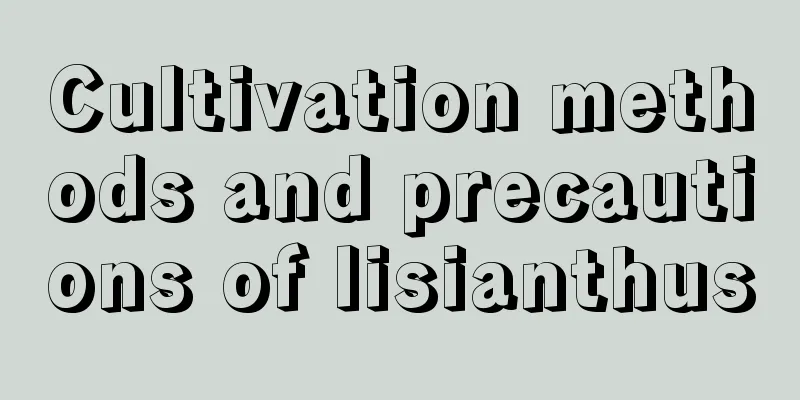How to fertilize Begonia chinensis

1. Add basal fertilizer when plantingWhen planting flower seedlings, or when flower lovers are changing pots, they should add an appropriate amount of base fertilizer to the soil. This can ensure that the seedlings or newly planted plants have sufficient nutrients and can grow quickly. The best basic fertilizers are animal manure, fish bone meal, etc. Some friends also put cooked soybeans at the bottom of the flower pot and use them as supplementary base fertilizer. 2. Fertilize frequently during the growing periodDuring the growth period of the bamboo begonia, a large amount of nutrients are needed. If the nutrients are not supplied during this time, it will affect the growth of the plant, so frequent fertilization is required. When watering, we can add more diluted bean cake water to the water. Apply organic fertilizer once every week or so. The simpler way is to sprinkle diluted organic fertilizer on the leaves. 3. Apply more phosphorus and potassium fertilizers during the bud formation periodIf you want the flowers to bloom densely and brightly, the role of phosphorus fertilizer cannot be underestimated. Phosphorus can make the colors of flowers more vivid and the fruits firmer and fuller. Rice bran, chicken manure, and bone meal can all be used as phosphorus fertilizers. Potassium is an element that can make the roots of flowers stronger, reduce pests and diseases, and make the flowers more fragrant. There is a lot of potassium in wood ash, and it is relatively easy to obtain. Of course, for friends who raise crops at home, you can also choose to add some low-concentration organic fertilizer when watering, which is convenient and hygienic. It should be noted that fertilization should be stopped when the plant is about to bloom. 4. Do not fertilize during dormancyFertilizing the bamboo begonia should be stopped during the flowering period and the winter dormancy period. At this time, not so many nutrients are needed, and the early nutrient reserves are sufficient. The root system of the plant grows slowly. If you continue to apply fertilizer, it may result in too much fertilizer for the roots to absorb, and eventually the roots will rot. |
<<: How to dwarf the bamboo-leaf begonia
>>: How to make the white flower pine succulent bloom
Recommend
Hibiscus Varieties
Introduction to Fuso Hibiscus, also known as red ...
What flowers are suitable for growing in Kunming? What are the city flowers and trees?
1. Climate characteristics of Kunming Kunming is ...
What to do if the roots of Cyperus rot
Analysis of root rot causes Poor water quality Cy...
What to do if the leaves of the lucky tree curl and droop
1. Adjust the environment Reason: Some newly purc...
How and when to plant white radish
White radish planting time When the temperature i...
How to hydroponically cultivate Monstera? Can it survive hydroponically?
1. How to carry out hydroponics 1. Plant processi...
The full list of functions of Schlumbergera
The ornamental effect of Christmas cactus Christm...
How to prune tomatoes: Pruning time and technique
Tomato pruning time When pruning tomatoes, be sur...
How to grow Guanyin bamboo well
1. Hydroponic plants (1) Type of water: For hydro...
Coriander seed germination method How to plant seeds to make them germinate easily (seed soaking germination method)
Coriander is actually cilantro. The seed shell of...
Comparison of succulent plants before and after acclimatization
1. The heart of the leaf begins to turn green Suc...
Planting method and time of autumn beans: when is the best time to plant?
The best time to plant autumn beans The best time...
Can coffee water be used to water flowers? What plants and flowers are suitable for watering?
Can coffee water be used to water flowers? Coffee...
How many times can Ganoderma be planted in a year?
Ganoderma lucidum is a precious Chinese medicinal...
Does the scented vine grow fast?
1. Is it growing fast? The fragrant vine is a vin...









